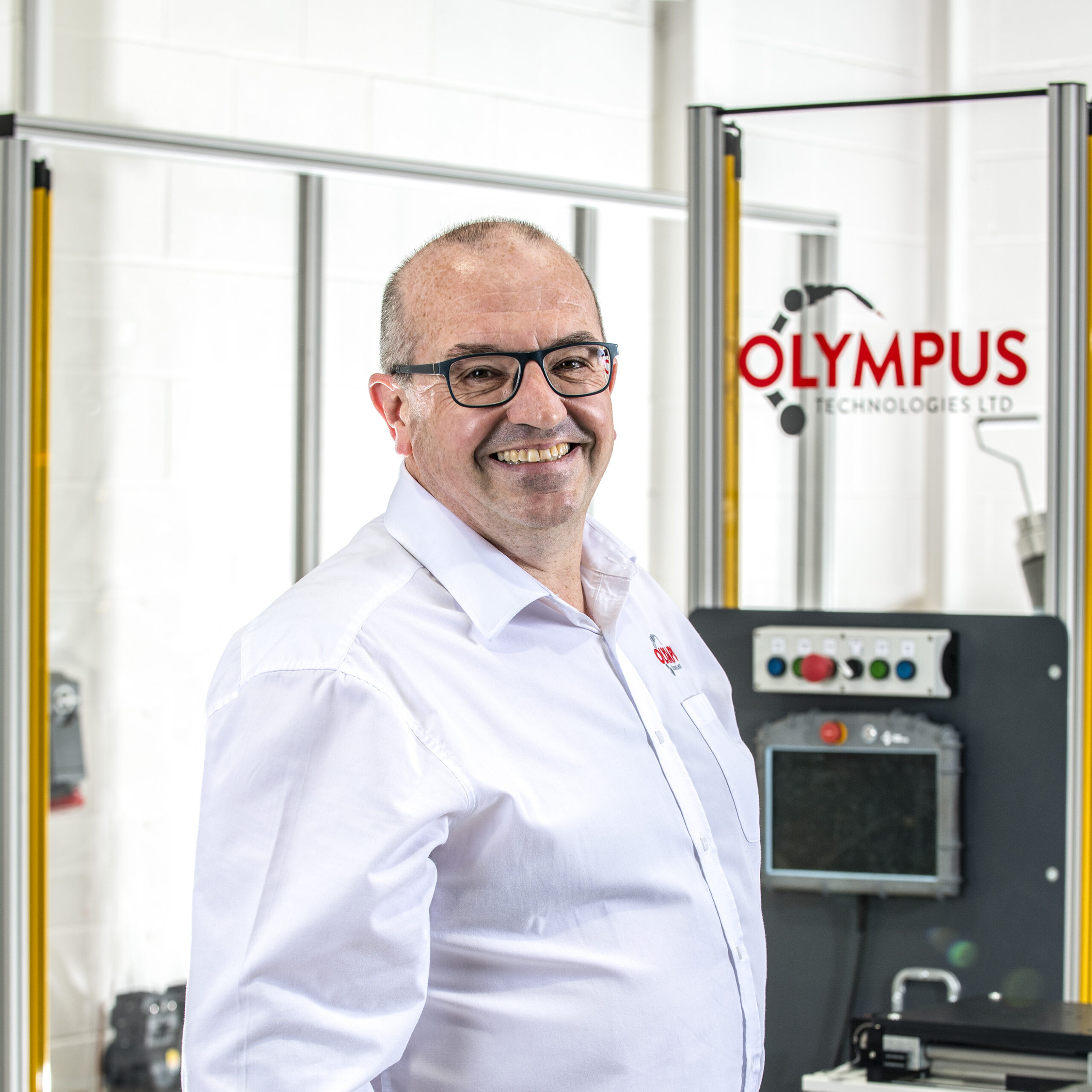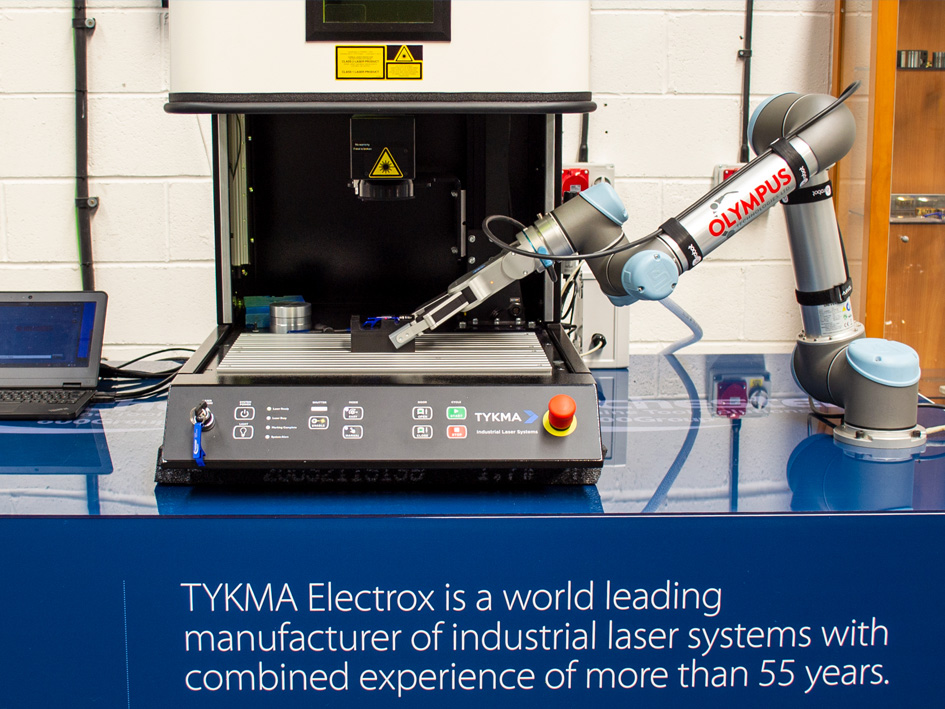Why Automation Can Be a Double-Edged Sword
In the packaging industry, stability beats slogans. A well specified automated packaging system lifts throughput and quality across the packaging line by keeping cases square and changeovers predictable. When product, boxes, and equipment align, you cut labor costs and shipping costs, reduce waste, and remove manual labor pinch points.
Move too fast or pick the wrong kit and the results go the other way. Rushed implementation drives unexpected downtime, higher maintenance costs, and lost customer trust. To make packaging automation a long term asset, you need to know where projects most often slip.
Below are the top mistakes to avoid when implementing automated case packing, plus practical fixes you can apply now.
1. Choosing the Wrong Packaging Equipment
One of the most common mistakes is selecting machinery that does not match your packaging requirements. Whether it is an oversized system for a low-volume line or a machine that cannot handle varying box size, the wrong choice creates inefficiencies from day one. Misalignment drives labor expenses, strains operators, and undermines efficiency.
Solution: Choose the right equipment after a clear audit of your packaging needs. At Olympus Technologies, we help you specify automated packaging equipment that scales with your business, supports future growth, and protects your initial investment.
Comparison guide, at a glance:
| Equipment Type | Best For | Key Limitations | Typical ROI |
|---|---|---|---|
| Semi-automatic case packer | Stable SKUs and moderate changeovers | Operator dependence, slower rate | Lower initial investment, steady ROI |
| Robotic case packer | Mixed SKUs, fragile items, variable boxes | Higher initial investment | Faster payback with throughput gains |
| Collaborative top-load packer | Tight floorspace, phased automation | Lower max speed | Flexible, incremental ROI |
2. Overlooking Packaging Material Compatibility
Automated case packing is not only about machines, it depends on packaging materials that run cleanly. Using low-grade cardboard or the wrong tape can disrupt even the best systems. In common packaging, poor adhesives, flimsy cartons, or mismatched shrink wrappers lead to damaged goods, weak seals, and jams on the production line.
Solution: Test materials in real conditions before rollout. Run pilots with your actual boxes, adhesives, and films so the sealing process performs reliably at speed. This approach saves money, avoids maintenance needs, and preserves customer trust.
3. Poor Packaging Line Design
Even the best automated packaging equipment underperforms if the packaging line is poorly configured. A flawed layout increases travel, creates bottlenecks, and erodes productivity. It also limits flexibility when products shift or demand grows.
Solution: Design for flow, safety, and scalability. Ensure smooth movement from product packing to pallet wrapping, minimize operator steps, and plan for upgrades without major rework. Involve engineers and operators early so on-the-ground operation insights make all the difference.
4. Rushing the Implementation Phase
Trying to implement automation too quickly invites errors. Skipping testing, training, or phased integration leads to equipment misuse, inflated maintenance needs, and increased downtime. A big-bang cutover rarely save time once minor issues surface.
Solution: Adopt a phased rollout with clear milestones. Prioritise employee training, begin with one cell, then expand as confidence grows and systems stabilize. This reduces risk, protects throughput, and builds consistent results.
5. Neglecting Case Sealer Selection
A case sealer might look minor, yet it safeguards product in transit. The wrong choice drives returns, damages, and rising costs, which erodes customer trust. Matching carton sealers to SKU mix, box size, and the sealing process is essential.
Solution: Specify sealers for both product and volume. Olympus Technologies offers carton sealers tuned for tape or glue, balancing speed and precision to reduce rework and shipping costs. The right pairing protects margins and supports your supply chain.
6. Underestimating Employee Training and Support
Automation does not eliminate people, it elevates their roles. Assuming machines run themselves is costly, because skilled operators keep lines stable and efficient. With proper training, teams prevent stoppages and resolve minor issues fast.
Solution: Invest in ongoing employee training, not one-off sessions. Cover safe operation, quick diagnostics, and routine maintenance so staff can keep systems on spec. One client example: refresher training cut stoppages, boosted morale, and helped them lead their market.
7. Ignoring Regular Maintenance
Skipping maintenance is a shortcut to failure. Complex machinery needs regular maintenance to avoid breakdowns, missed shipments, and increased downtime. Tracking KPIs such as Mean Time Between Failures helps you plan parts and labor.
Solution: Create a clear maintenance schedule and stock critical spare parts. Define daily, weekly, and monthly tasks, and train teams to spot early warnings so routine maintenance is easy to execute. This lowers maintenance costs, protects uptime, and extends asset life.
Final Thoughts: Automation That Works for Your Business
Investing in packaging automation is not just about buying new equipment. It is about building a well-planned packaging process that reduces labour expenses, improves efficiency, and strengthens your supply chain. Done right, it delivers consistent results and a durable competitive advantage.
Before automating, ask yourself:
- Is our current packaging process ready for integration with systems and operation standards?
- Have we factored in employee training, material compatibility, and maintenance?
- Are we investing in the right equipment for today’s needs and future growth?
Key takeaways: here are the essentials that support ROI and resilience.
- Automation success hinges on planning, not only on purchasing equipment.
- Errors in materials, design, or training can create maintenance costs, delays, and returns.
- Regular maintenance, proper training, and scalable cells support long term success and strong ROI.
Let Olympus Help You Automate Smarter
Ready to avoid top mistakes to avoid when implementing automated case packing and unlock the full potential of robots on your packaging line? Get in touch with Olympus Technologies today so our experts can design an automated packaging system that delivers efficient throughput, reduces labour expenses, and scales with your business.
FAQ
How much initial investment do we need for an automated packaging system?
Typical budgets vary by speed, SKUs, and integration scope, but the initial investment often pays back through reduced labor costs and fewer errors. Plan for maintenance costs and training from day one so your ROI is accurate and sustainable.
What is the right equipment if our box size and products shift frequently?
Flexible automated packaging equipment such as robotic case packers adapts to changing box size and products shift with quick changeovers. We help you choose the right equipment so your systems stay productive as demand evolves.
How does regular maintenance prevent unexpected downtime?
A disciplined program of regular maintenance and routine maintenance catches wear early and ensures spare parts are on hand. This prevents unexpected downtime, protects throughput, and reduces long-run maintenance costs.
What kind of employee training keeps machines and systems running smoothly?
Focused employee training builds confidence in safe operation, quick resets, and basic troubleshooting. With proper training, teams resolve minor issues fast and maintain consistent results across the production line.
Have questions about robots for case packing or carton sealers that fit your SKUs? Tell us about your packaging needs, and we will recommend a solution that boosts productivity and efficiency.














